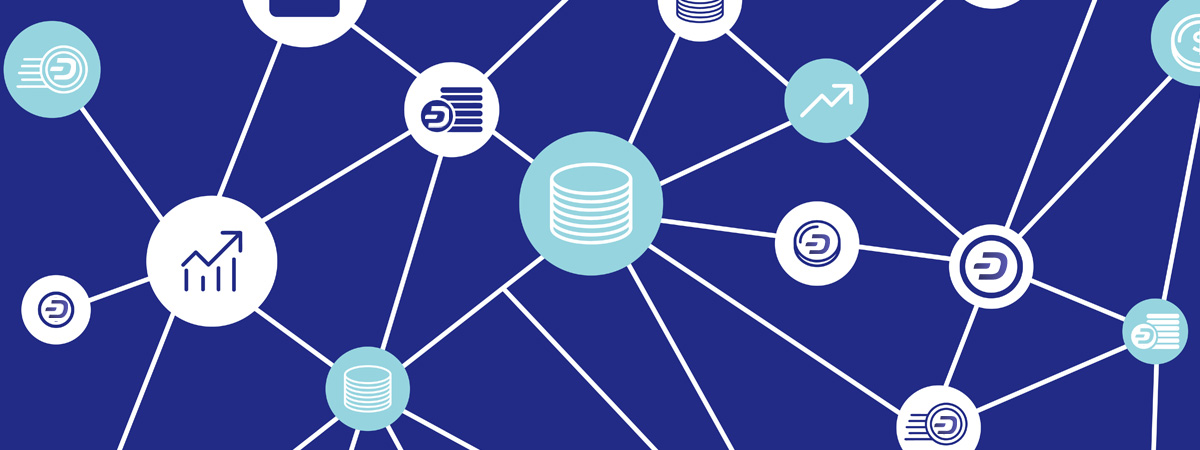Arguably one of the critical driving forces of Web3 is its core concept of decentralization, the premise that the internet shouldn’t be owned or controlled by centralized entities. Instead, ownership is distributed among builders and users. Today, in part 3, we’ll answer the question “what is decentralized?”.
Part 3 of 4
Web3 Principles
- Trustless
- Permissionless
- Decentralized
- Payments
Decentralized Explained
A core goal of Web3 is to return data ownership to end-users. Decentralization refers to the transfer of control and decision-making from a central entity to a distributed network. Decentralizing management of resources in applications also enables more services with higher quality. A decentralized network uses a peer-to-peer network connecting a community of users. Rather than a central hub of high-powered servers, the P2P devices host the applications.
Benefits of Decentralization
Robustness
Decentralization reduces reliance on specific actors, eliminating single points of failure or other weak points. The result is less chance of systemic failures, such as outages, failure to provide services, bottlenecks, or corruption.
Performance
Decentralization helps optimize distribution of resources. THe result is that services are delivered with better performance and consistency. Network incentives drive motivation!
Security
Users of the blockchain do not have to know or trust anyone else. The network polices itself by keeping a copy of the distributed ledger, so any altered or corrupted data will be rejected by the network. And in a Web3 environment, fake, spam and bot accounts won’t exist.
Privacy
Decentralization also applies to how identities are stored and verified. Instead of relying on a central authority (e.g., Google, Facebook, Amazon), users control their personal information, which is stored in their wallets.


Leave A Comment